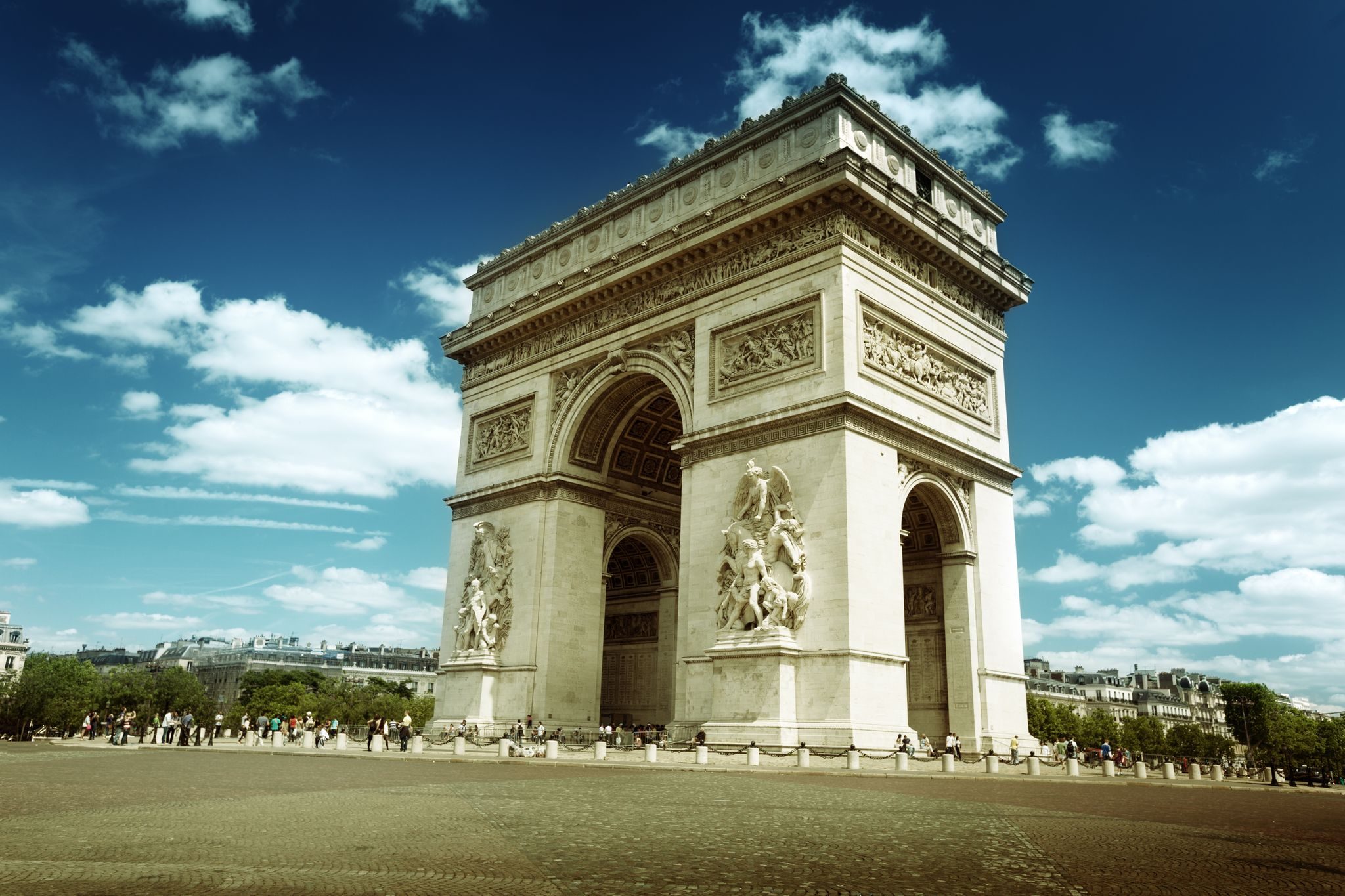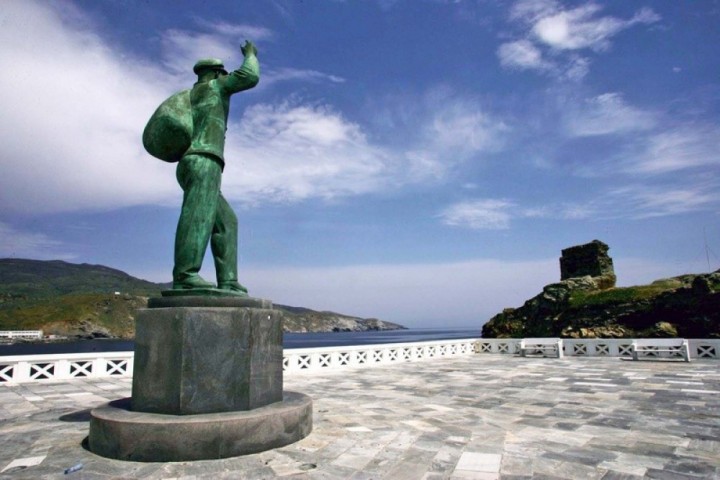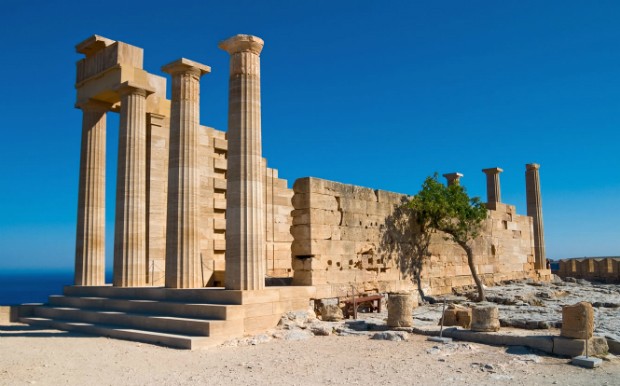The imposing Arc de Triomphe is located on the square Charles de Gaulle, at the end of the Avenue of the Champs- Elysees and it’s the tallest Arch in the world. Specifically, it’s 55 m high, 45 m wide and 22 m deep.
The four columns on which the Arch is standing are decorated with large reliefs which depict the Departure of the Volunteers of 1792, the Triumph of Napoleon in 1810, the French Resistance in the Battle of Paris in 1814 and the Peace of 1815.
The names of the victories of the french troops and the 558 generals who commanded the french troops during the reign of Napoleon Bonaparte are engraved on its surface. It is a monument- symbol of power and strength and at the same time a symbol of the city of Paris.
Passing through the Arch of Triumph
At first glance, the Arc de Triomphe may look imposing and oversized, but could you imagine an airplane passing through it during a flight? For the first aviators of the 20th century, such risky goals were quite challenging. It was the secret dream of many pilots to pass under monuments like the Arch of Triumph or the Eiffel Tower. The airplanes of that period were much smaller than today’s planes, but the risk was still enormous! It takes a lot of courage and a dose of madness to achieve something like this. The sacred monster of the French Air Force, the legendary Georges Guynemer, stated categorically that it was impossible for a plane to pass under the Arch. Himself a victim of the war of 1917 wouldn’t be able to see its statement being invalidated! On August 7, 1919, Charles Godefroy became the first and the last pilot to fly through the Arch of Triumph.







